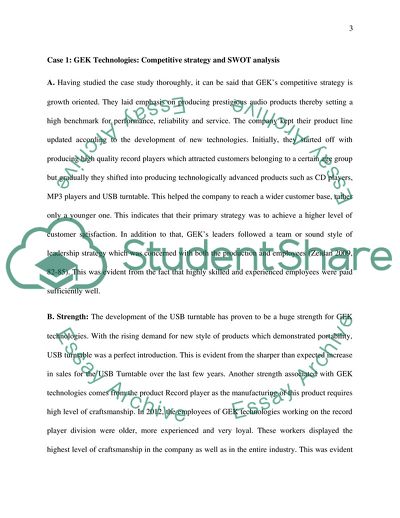Cite this document
(Managerial Accounting Essay Example | Topics and Well Written Essays - 1750 words - 3, n.d.)
Managerial Accounting Essay Example | Topics and Well Written Essays - 1750 words - 3. https://studentshare.org/finance-accounting/1803827-managerial-accounting
Managerial Accounting Essay Example | Topics and Well Written Essays - 1750 words - 3. https://studentshare.org/finance-accounting/1803827-managerial-accounting
(Managerial Accounting Essay Example | Topics and Well Written Essays - 1750 Words - 3)
Managerial Accounting Essay Example | Topics and Well Written Essays - 1750 Words - 3. https://studentshare.org/finance-accounting/1803827-managerial-accounting.
Managerial Accounting Essay Example | Topics and Well Written Essays - 1750 Words - 3. https://studentshare.org/finance-accounting/1803827-managerial-accounting.
“Managerial Accounting Essay Example | Topics and Well Written Essays - 1750 Words - 3”. https://studentshare.org/finance-accounting/1803827-managerial-accounting.


